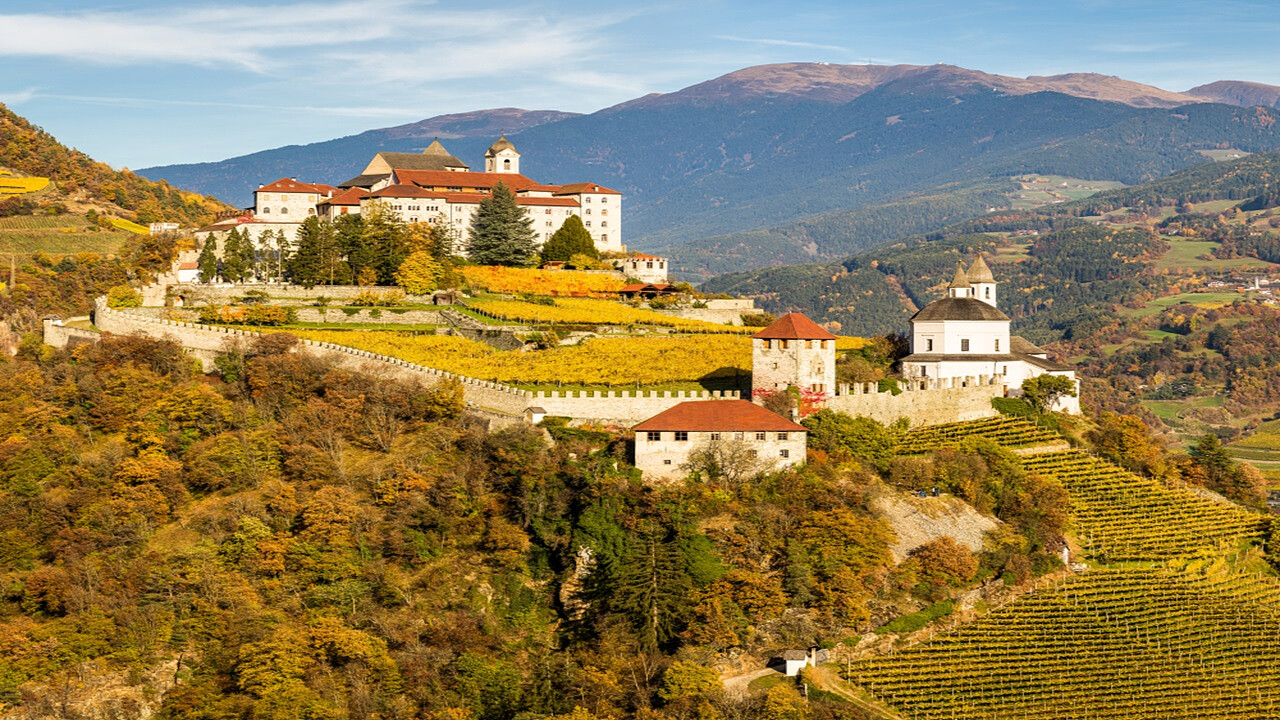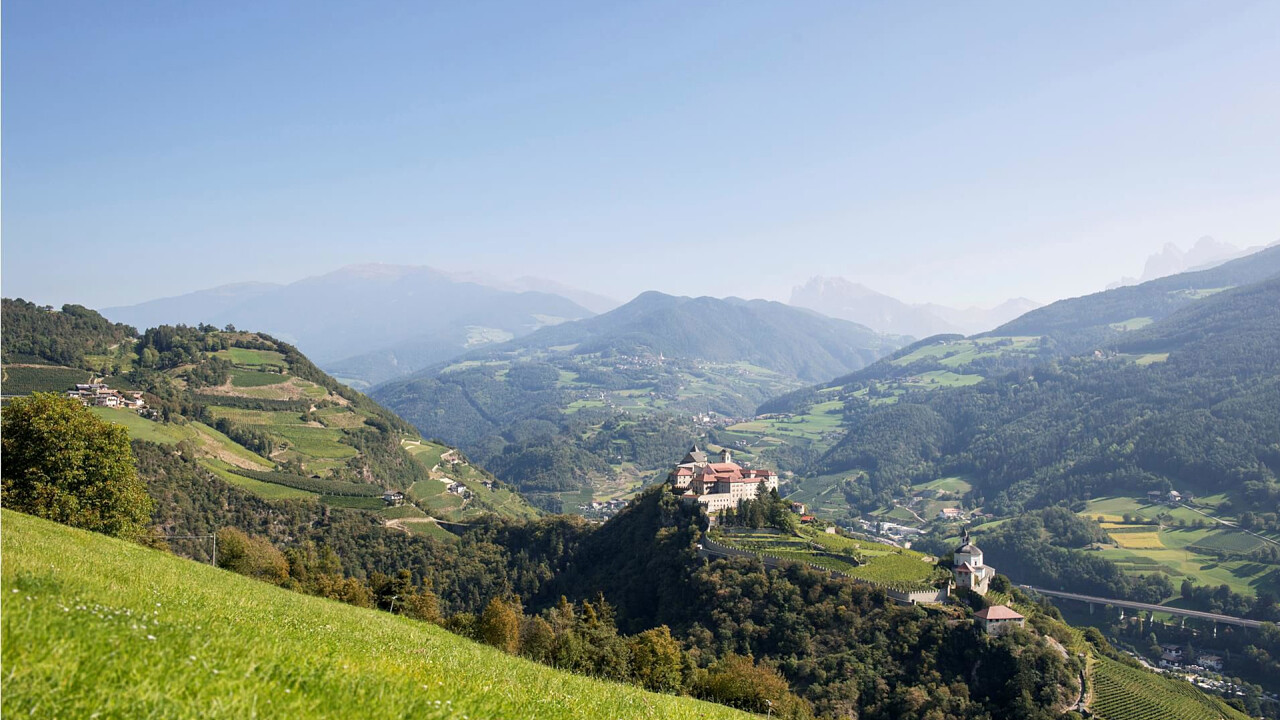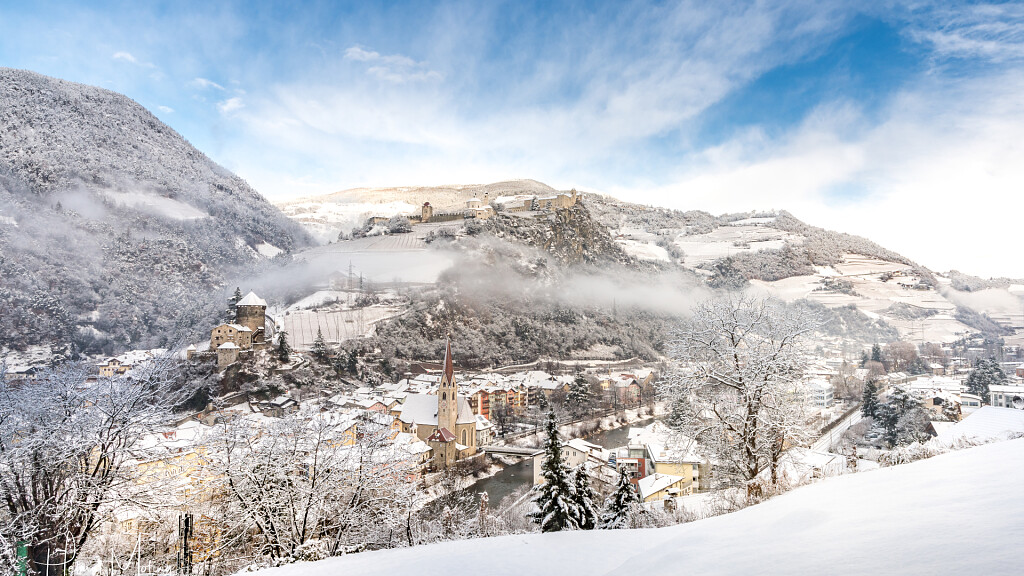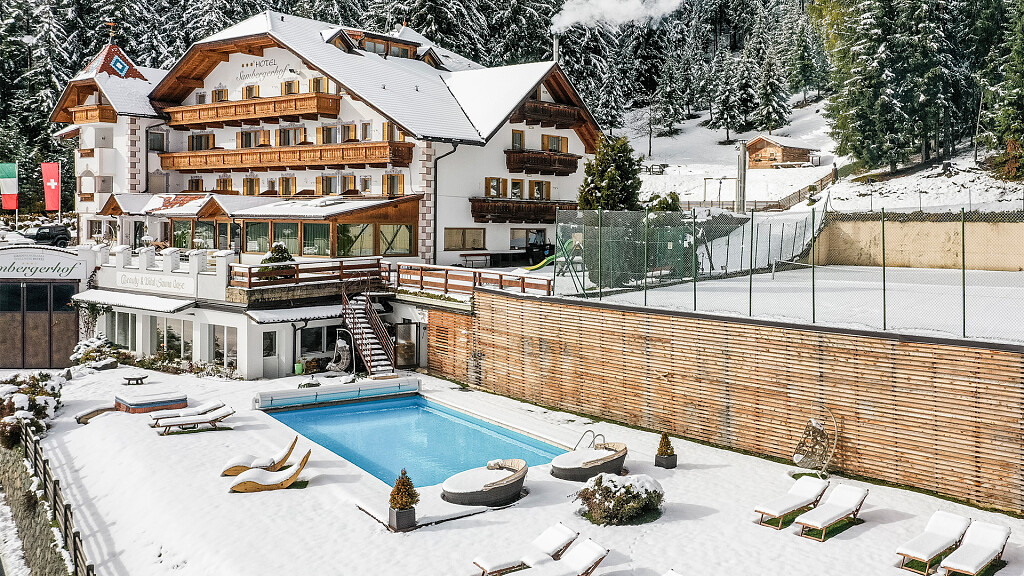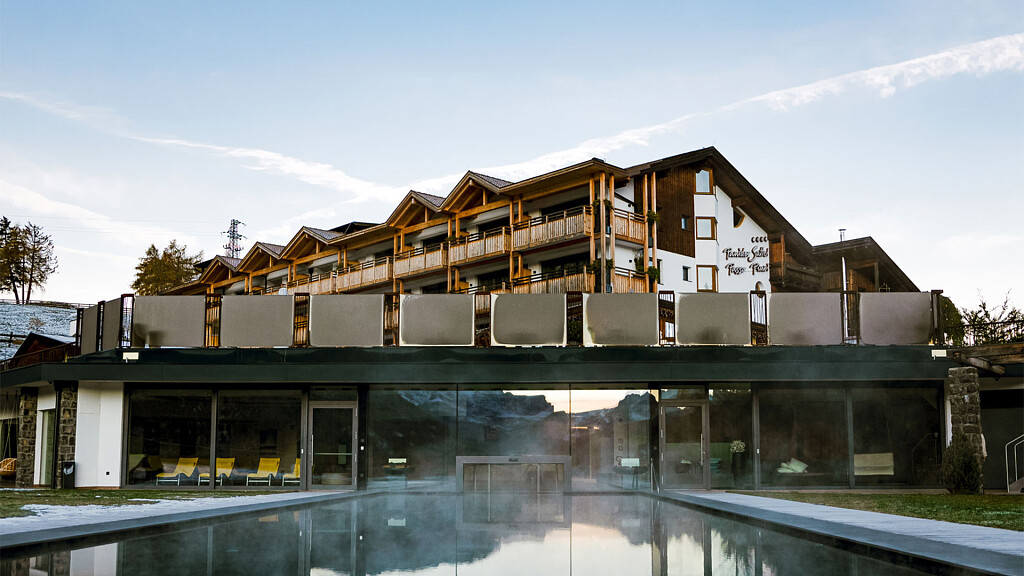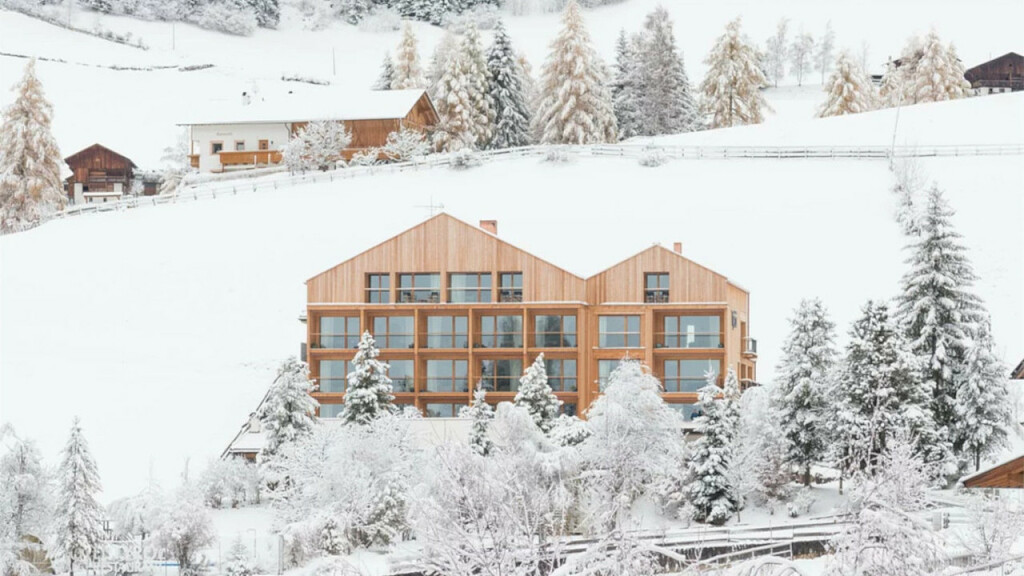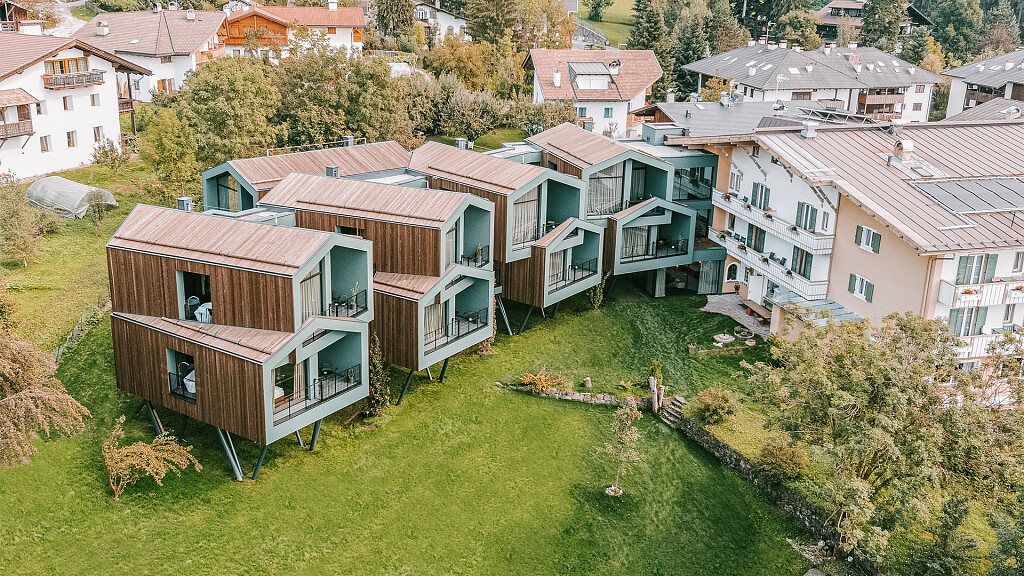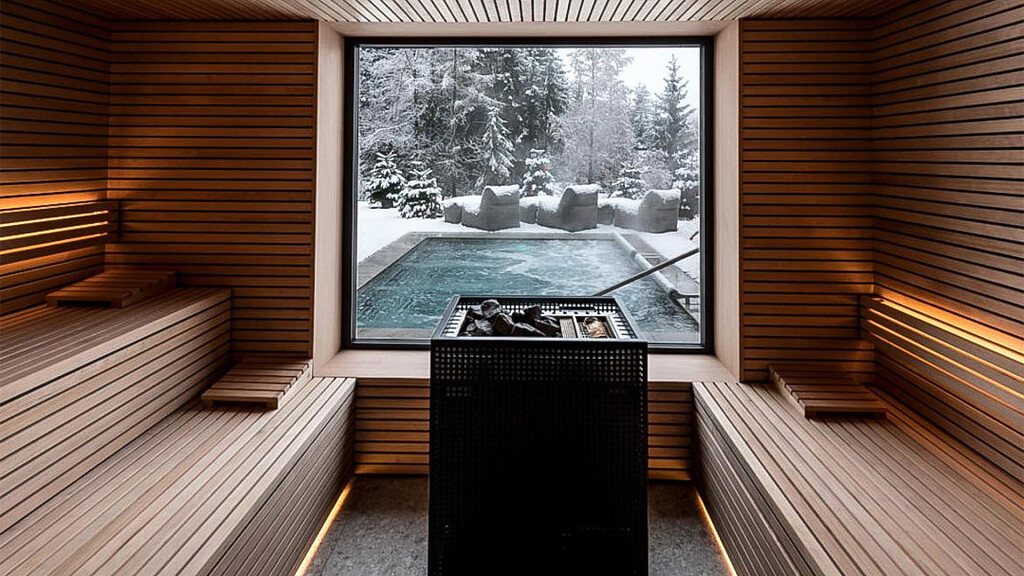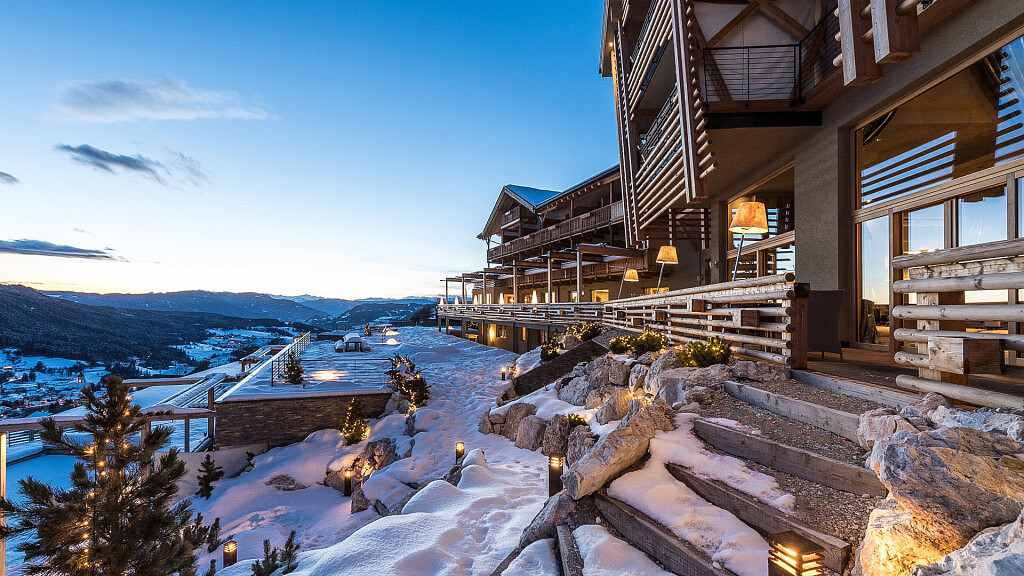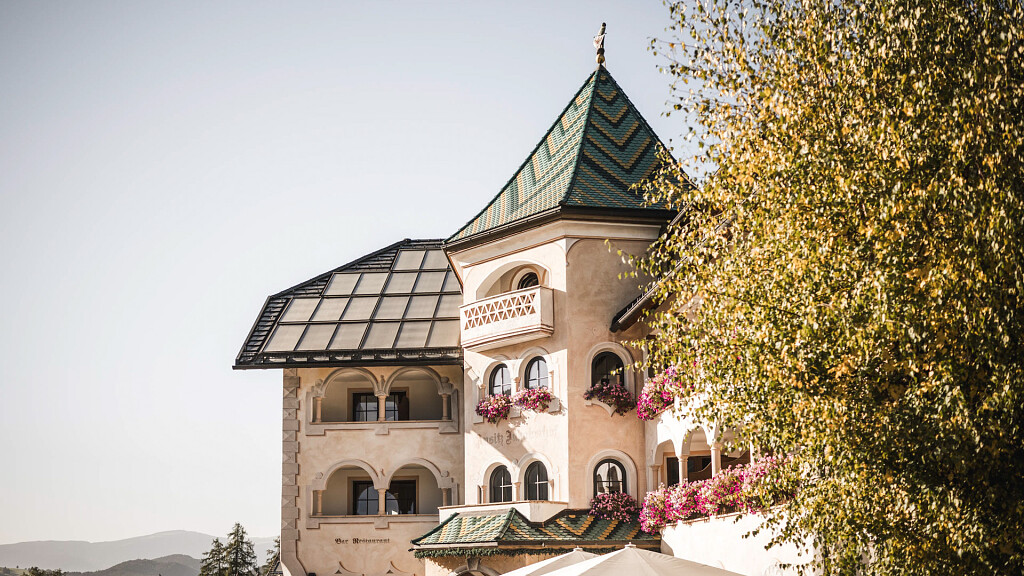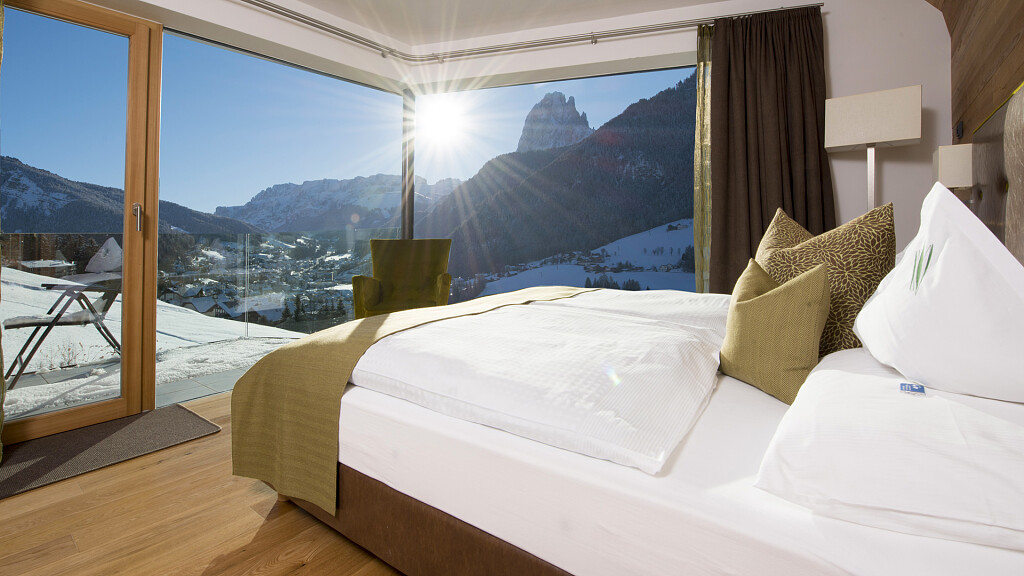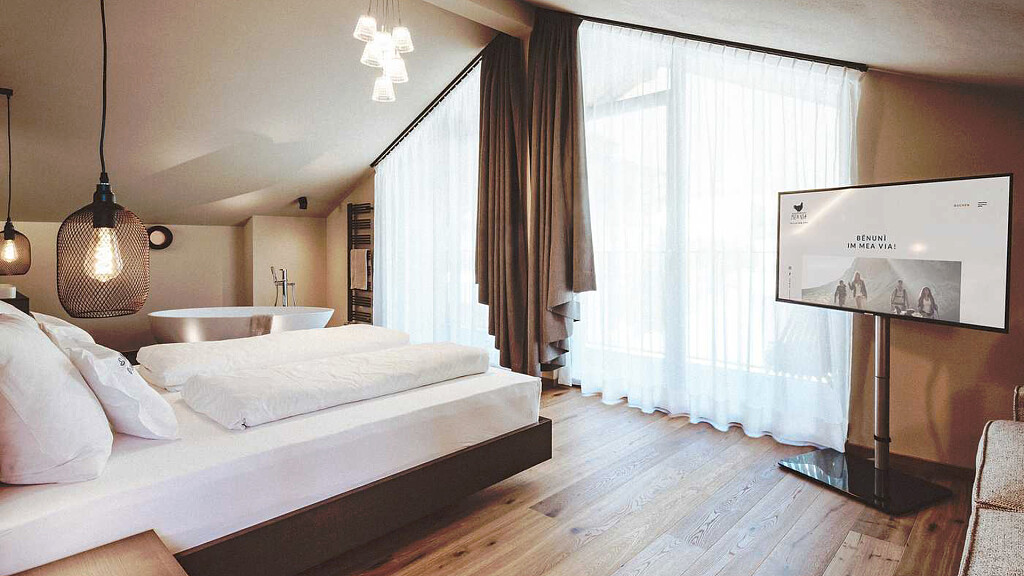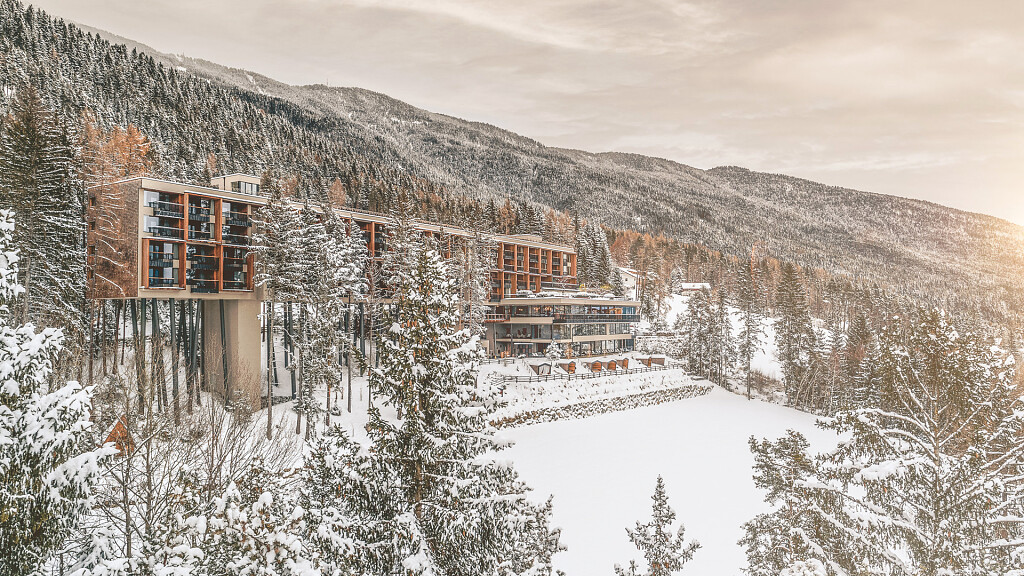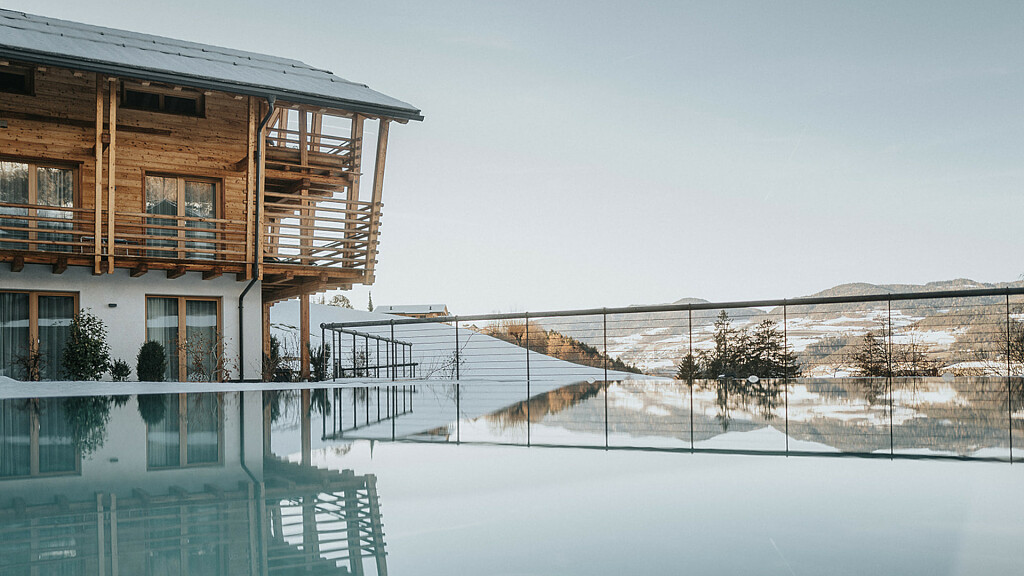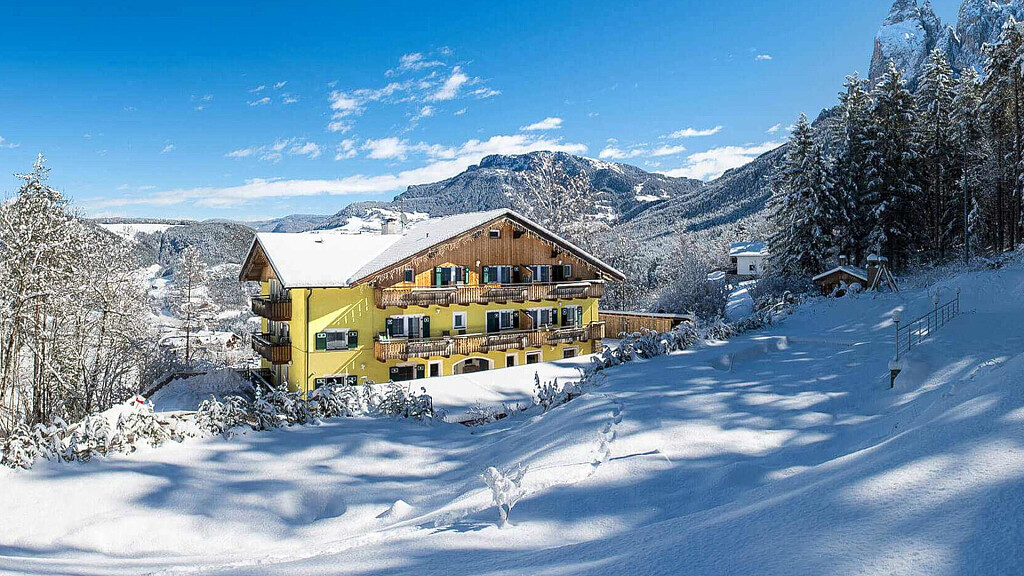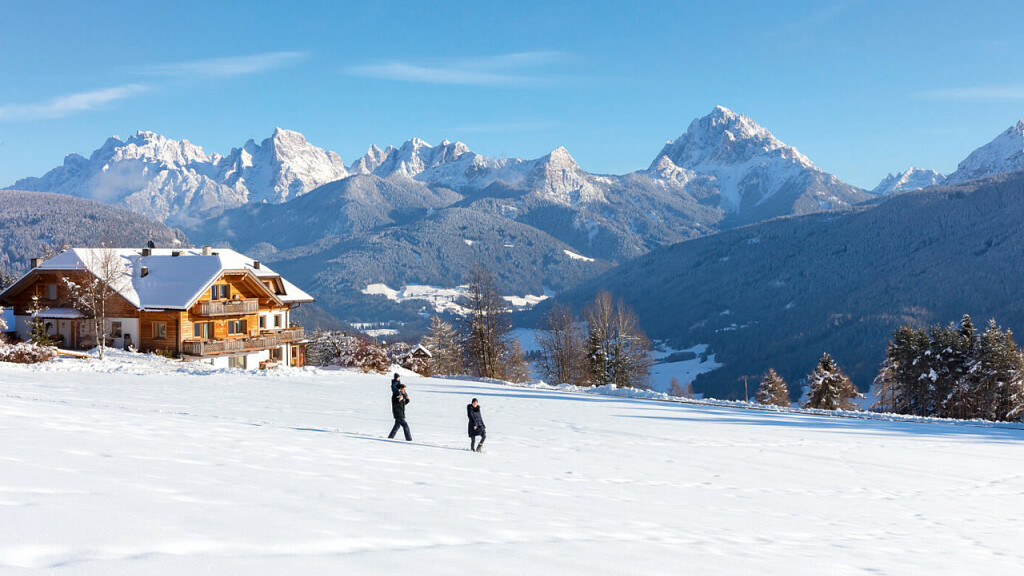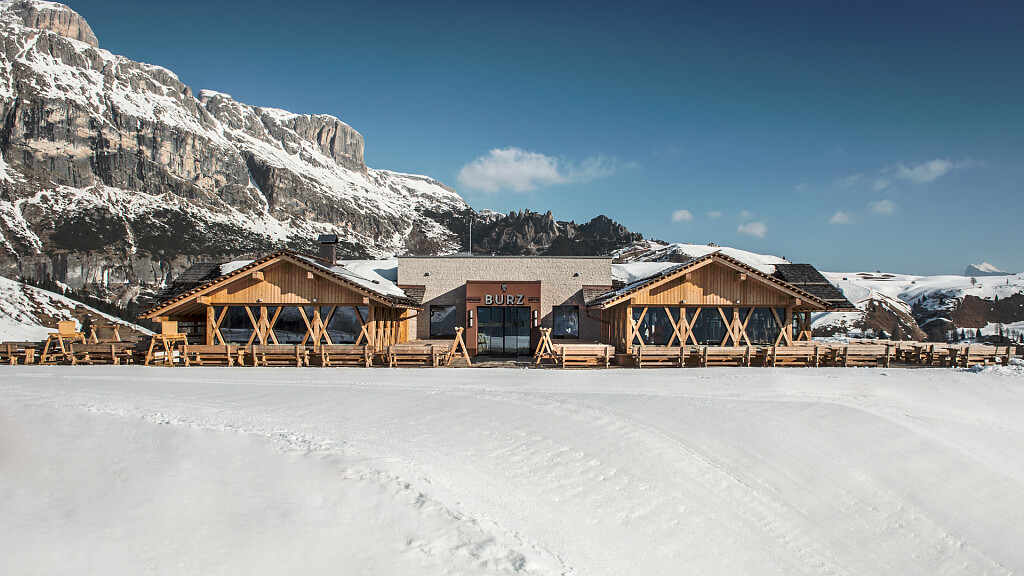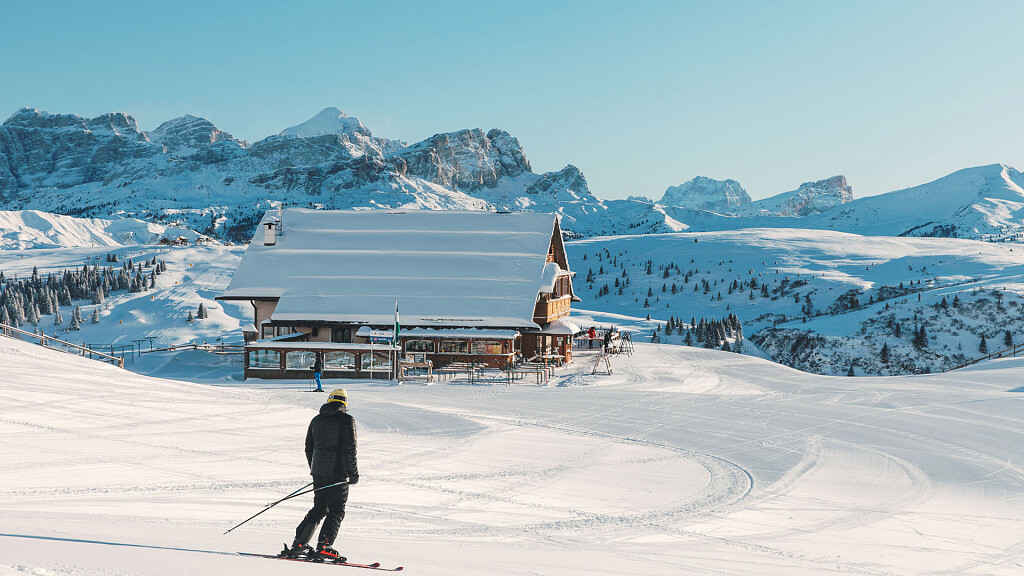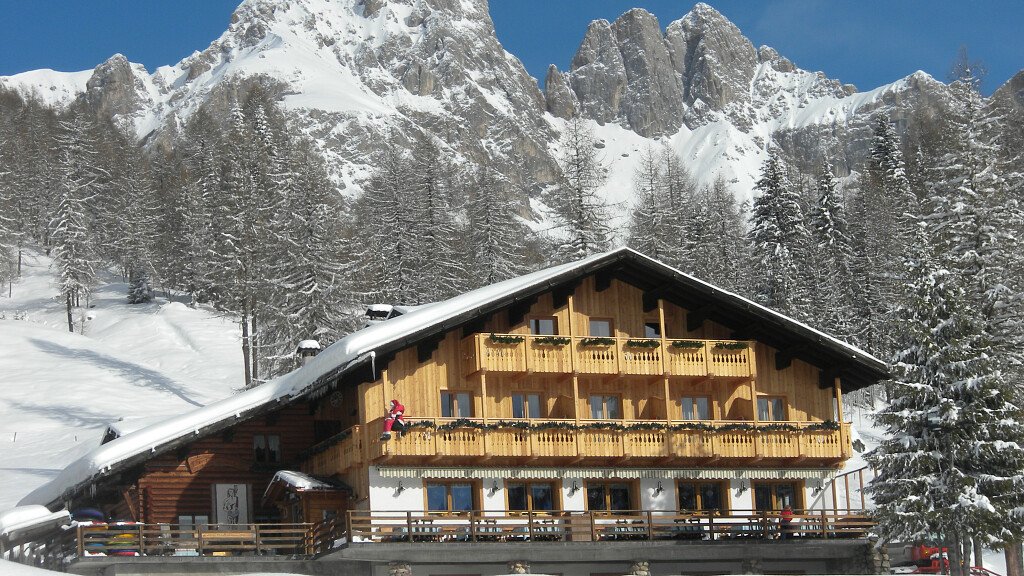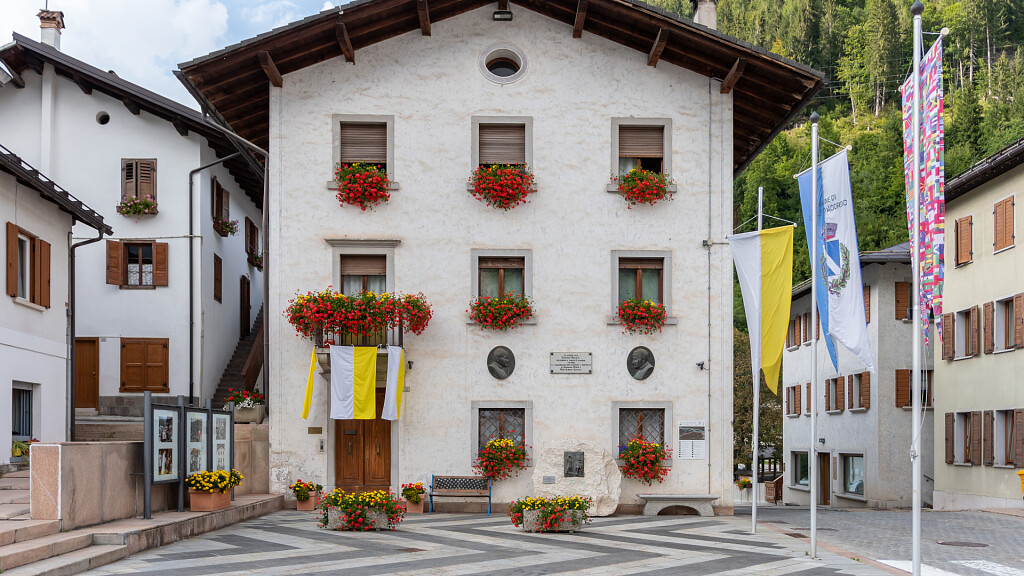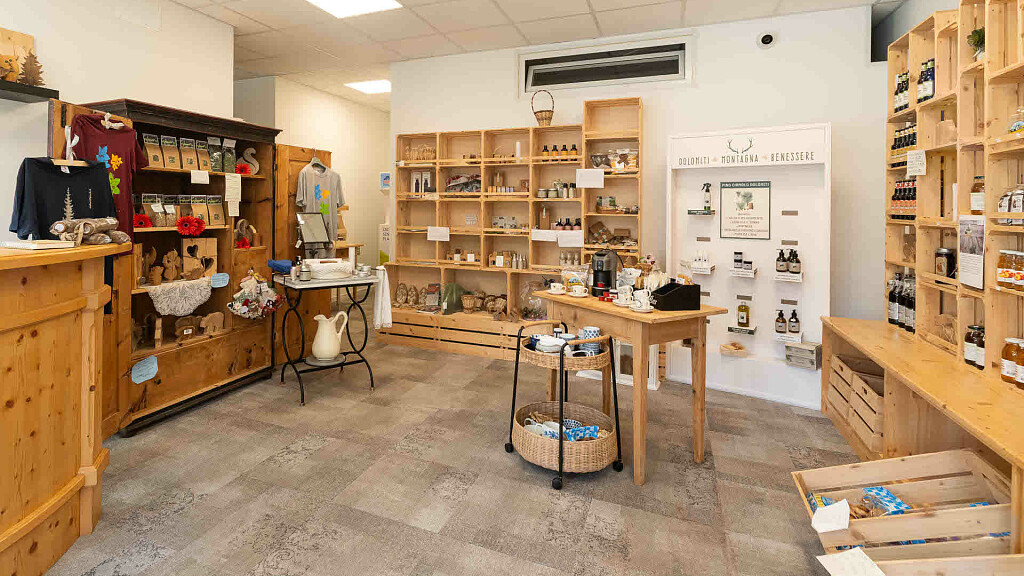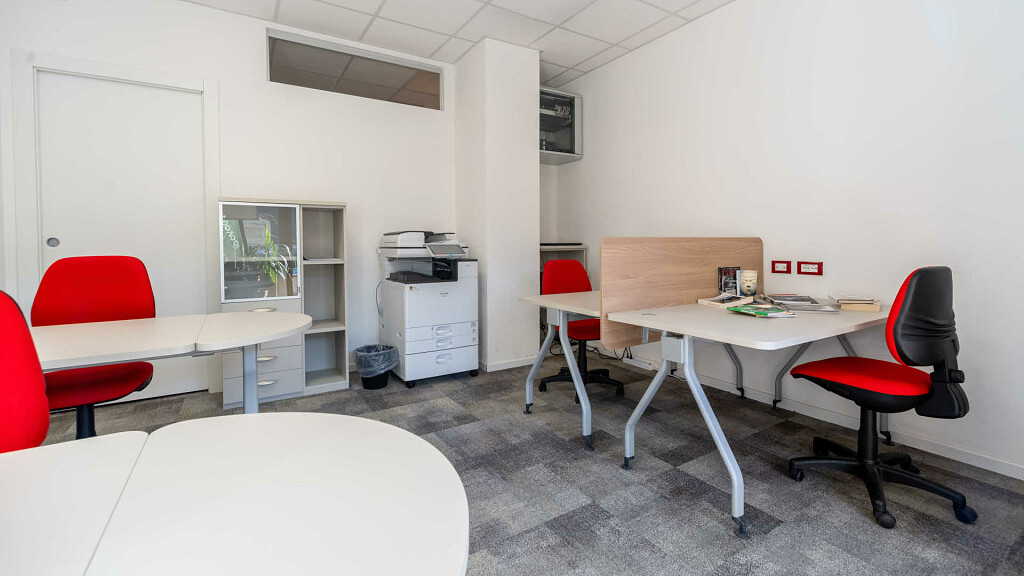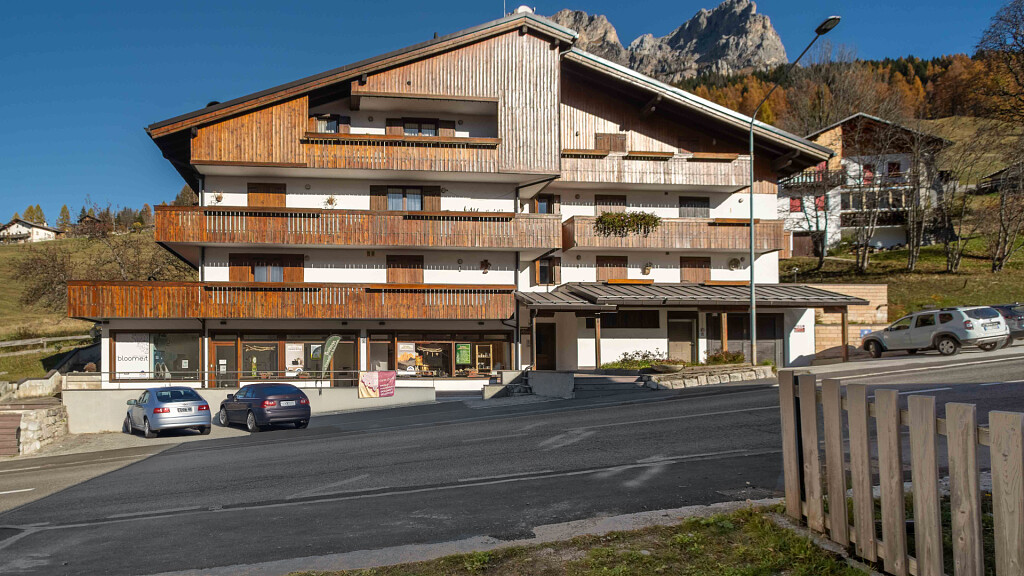Also called the 'Acropolis of Tyrol', the Benedictine monastery in Sabiona is the symbol of the Isarco Valley. The Benedictine nuns still live there today in absolute seclusion.
Its history began more than 300 years ago. Following the transfer of the bishop's seat to Brixen in around 990, a bishop's fortress was built in Sabiona, which was largely destroyed by fire in 1533. It was not until the end of the 17th century, when Mathias von Jenner, entrepreneur and dean of Klausen, founded the Benedictine abbey, that the holy mountain returned to its former glory and became an important place of worship. With the exception of a few changes made around 1890, the external appearance of the monastery with its churches and crenellated walls has remained virtually unchanged.
How to get to Sabiona Monastery?
The Sabiona Monastery is reachable only on foot, along the trail Kreuzweg (30 minutes) or the Säben Promenade (40 minutes).
Admission
Freely accessible
Opening times
- Branzoll Castle: private property, not to be visited
- Gnadenkapelle (Grace Chapel): open daily from 8 am to 5 pm, free access
- Church of Our Lady: an archaeological and historical documentation is available to the public, free access.
Opening times from July until October: every Tuesday, Friday and Saturday from 2 pm to 5 pm (outside opening hours, only with guided tour - further information at the Tourist Info) - Monastery Church: On the walls of the main nave hang the side doors of the old altar depicting the founding saints Benedict and Scholastica. Holy Mass daily at 11.30 am, also on Sundays and holidays.
- Holy Cross Abbey: Open daily from 8 am to 5 pm, free access. An archaeological and historical documentation is available to the public.
- Monastery: Cistercian Father Kosmas Thielmann OCist
tel. +39 378 0640185 // e-mail: p.kosmas@stift-heiligenkreuz.at
Times may be subject to change

